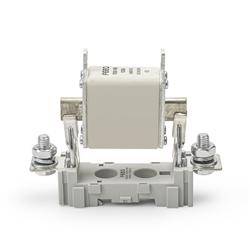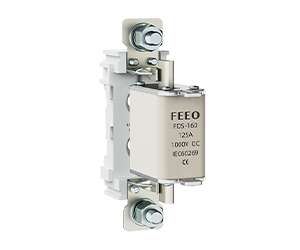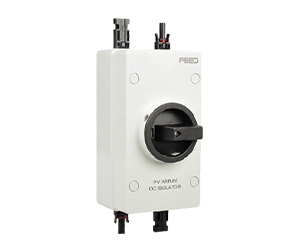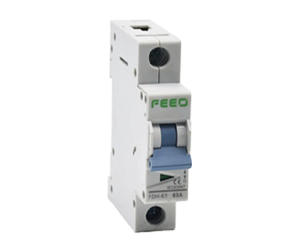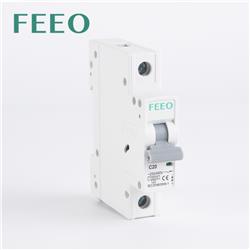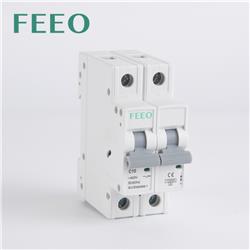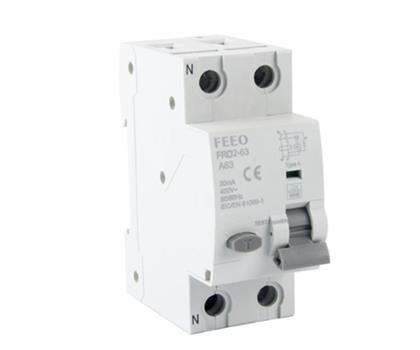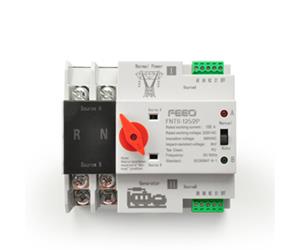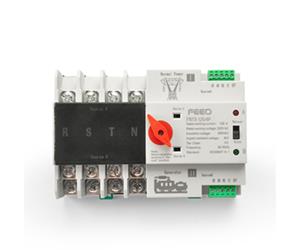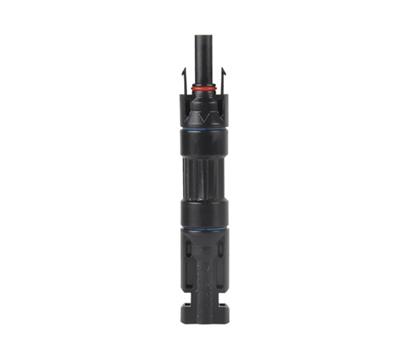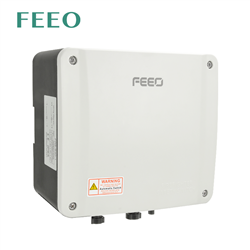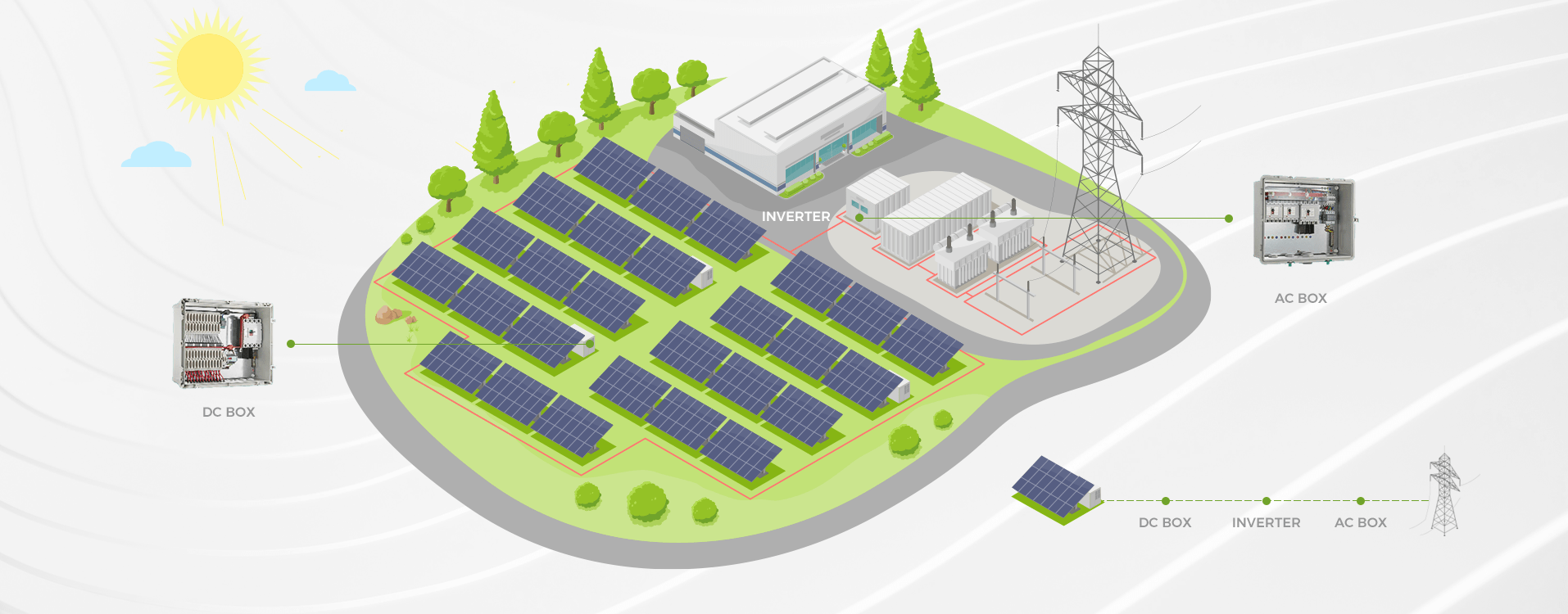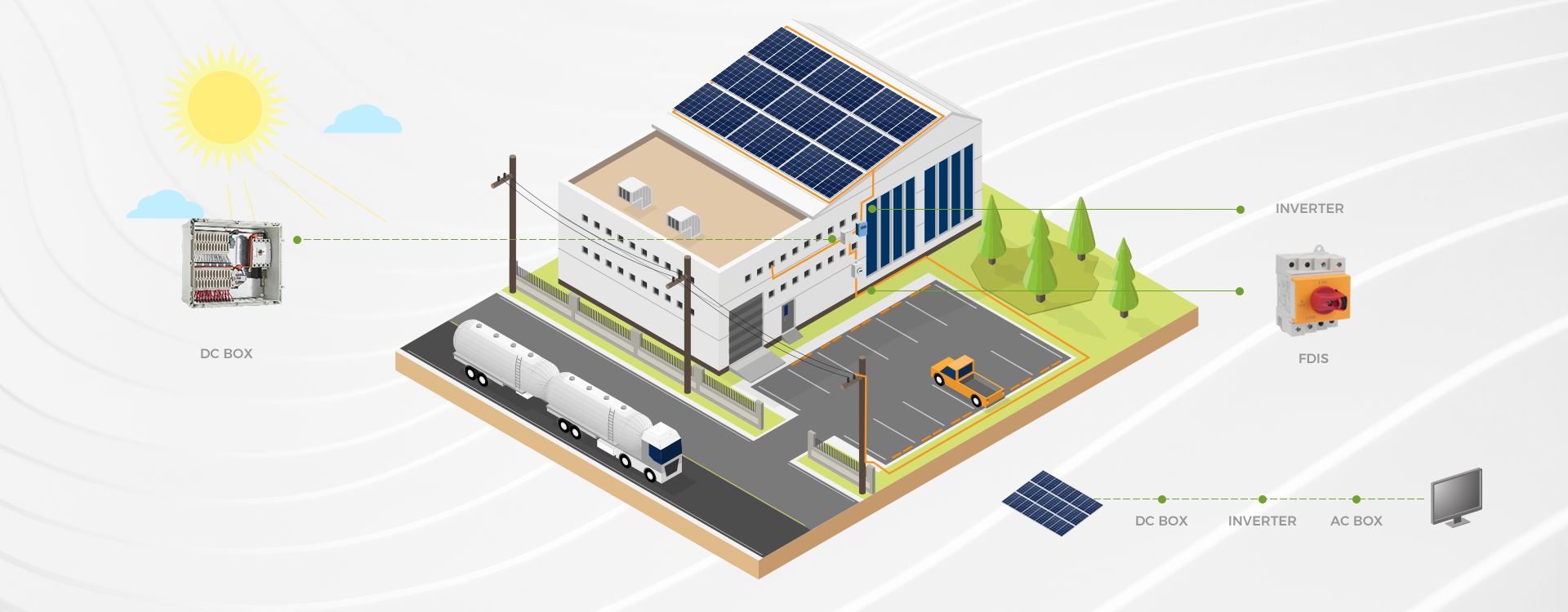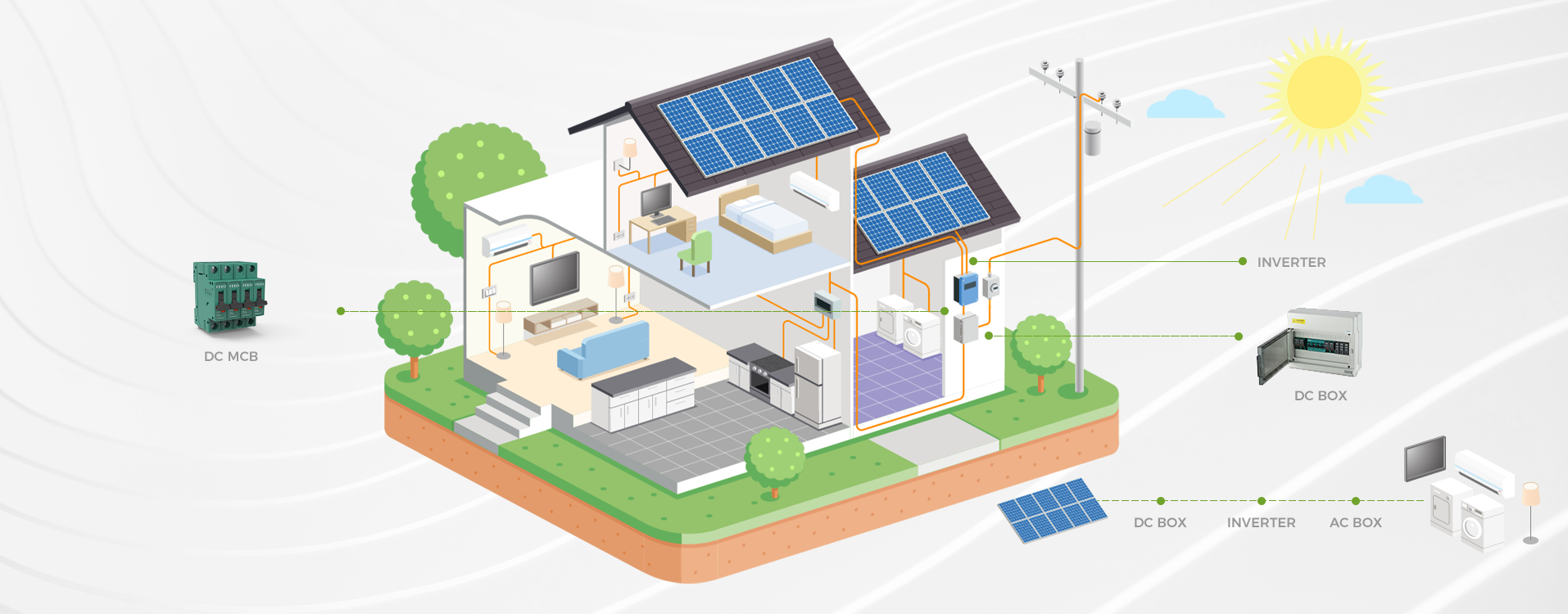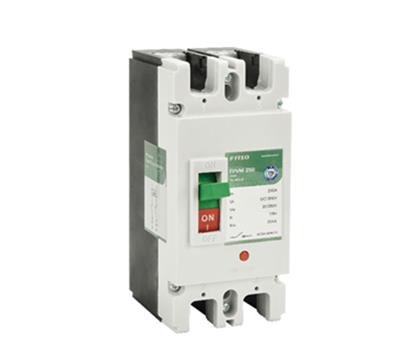
Residual current operated circuit breaker: A switch that automatically operates when the leakage current in the circuit exceeds a predetermined value. A leakage protector, commonly known as a leakage switch, is a protective device used to prevent electric shock and electrical fire when the circuit or electrical insulation is damaged and a short circuit occurs to the ground. It is generally installed on the socket circuit of each household distribution box and the power supply line of the main distribution box of the whole building. The latter is specifically used to prevent electrical fires.
Commonly used leakage circuit breakers are divided into two types: voltage type and current type, and the current type is further divided into electromagnetic type and electronic type.
The leakage protection switch is also called a "leakage circuit breaker". It consists of a small circuit breaker and a leakage trip device. In addition to the short-circuit protection and overload protection of a small circuit breaker, it also has the function of leakage protection. It is widely used in household lines and leakage protection of various electrical equipment. It means that not only can it connect or disconnect the main circuit like other circuit breakers, but also has the function of detecting and judging leakage current. When leakage or insulation damage occurs in the main circuit, the leakage protection switch can connect or disconnect the main circuit according to the judgment result. It can form a fully functional low-voltage switch element in conjunction with fuses and thermal relays.
F-type and B-type residual current operated circuit breakers without and with overcurrent protection for household and similar purposes
Principle and necessity of leakage protection of AC charging piles When charging electric vehicles, there will be a large number of AC-DC conversion (rectification/inversion) circuits. These AC-DC conversion circuits not only have AC sine wave residual currents of industrial frequency, but also have DC residual currents generated by two-phase/three-phase rectification and filtering, smooth DC residual currents, and residual currents generated by some capacitors to the ground, which requires the use of B-type leakage protectors, because B-type leakage protection can not only detect AC components, but also DC components.
Common types of leakage protectors include type A, type B, and type AC. The classification is based on the different characteristics of detecting fault current.
Type A leakage protectors can detect residual sinusoidal AC current and pulsating DC current,
Type B leakage protectors can detect residual sinusoidal AC current and DC,
AC leakage protectors can detect sinusoidal AC current.













